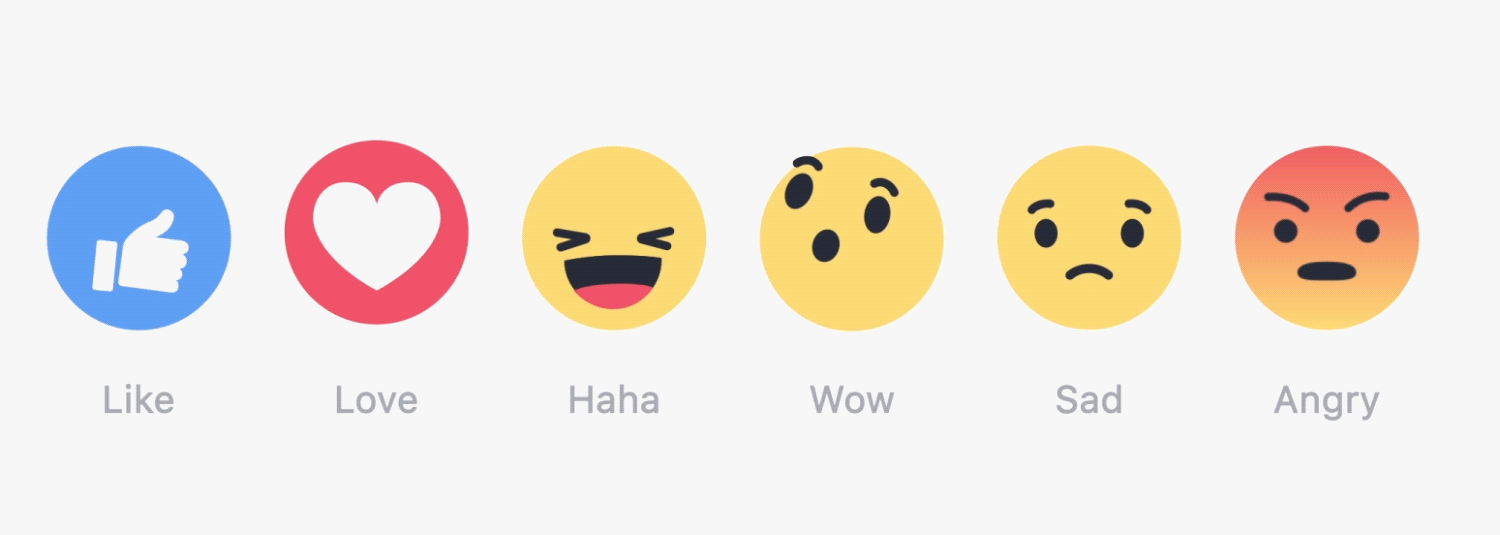Thanks in part to the massive popularity of emojis, several tech companies are exploring ways not only to make finding emojis easier, but to predict which ones you may want to use.
Read MoreThere’s Apple’s Siri, Microsoft’s Cortana, Amazon’s Alexa, and Nuance’s Nina. Sure, Facebook has “M”, Google has “Google Now”, and Siri’s voice isn’t always that of a woman. But it does feel worth noting that (typically male-dominated) engineering groups routinely give women’s names to the things you issue commands to. Is artificial intelligence work about Adams making Eves?
Read MoreAt their best, chatbots help you get things done. At their worst, they spew toxic nonsense. Whether we call them chatbots, intelligent agents, or virtual agents, the basic idea is that you shouldn’t need to bother with human interaction for things that computers can do quickly and efficiently: ask questions about a flight, manage your expenses, order a pizza, tell you the weather, and apply for a job. A lot of these are handy but may not feel quite like artificial intelligence–later in this post, we’ll tackle the relationship between detecting intentions, having conversations and building trust as the core pieces that make a chatbot feel more like artificial intelligence.
Read More[The Village Voice's] proposed emoji — eventually made a reality by the mobile advertising firm Swyft Media — homed in on NYC-specific experiences that aren’t captured by the standard Unicode emojis that have come to dominate many texts and tweets. The Voice emojis included sidewalk garbage bag piles, the ubiquitous street sweeper trucks and the notorious Time Square Elmo.
Read MoreYou can turn right on red in Iowa. Except not where I was last night, from Washington Street on to Linn, which I only realized as I read the “no right on red” sign mid-turn. You’re definitely not supposed to turn left on red, which is what I did a few blocks earlier going from Iowa St. to Clinton. I have no excuse except—I’m not kidding—my mind was preoccupied by thoughts about self-driving cars.
Read MoreJune 21st is the release of Unicode 9, which will feature 72 new emoji–folks at Emojipedia have helpfully put them all together. The question in this blog post is: which ones will turn out to be the most popular? (Note that most people aren’t going to be able to use them immediately–you have to get an update of your phone/browser for them to show up and so will anyone you want to send them to.)
Read MoreEarlier this week, I talked about the major themes in how the press has been covering artificial intelligence since 2015. This post puts the recent months in context, looking at whether we are in an AI spring time (tl;dr: we are) and when the AI winter(s) were. A big theme is going to be hype-and-disappointment, so we’ll close on “are we in hyperhype right now?”
Read MoreYet emojis are more powerful than they may first appear, and their real power lies in their ability to emulate a real face. “In speech, you can use body language, facial expressions and intonation to help convey you and your message,” said Tyler Schnoebelen, founder of language analysis service Idibon. “Emoji lend a hand for doing that in writing.”
Read MoreIf you could read everything on Google News that mentioned artificial intelligence, what would you find? (tl;dr: a lot of stuff on Google and humans)
Read MoreI’ve been training an artificial intelligence system to write poetry and this morning I got interested in what the little parts of syntax and semantics are that preoccupy poets compared to other forms of written language. So I took a heap of poetry and a heap of not-poetry , pulled out the bigrams (two-word phrases) and did some statistics to see what distinguishes poetic writing from non-poetic writing.
Read MoreDigital technologies are changing the way we communicate as well as the way we write and spell. And with emojis we don’t have to do either. You can say things using pictures like our caveman ancestors. The use of emojis crosses generations. Are we dumbing down society or creating a new, creative visual language?
Read MoreThis might be the case because most default emoji, although they appear yellow, are actually white. Tyler Schnoebelen, a linguistics Ph.D. and consultant in San Francisco who has studied emoticons, notes that many of the default symbols are phenotypically white: The symbol has blonde hair on Apple devices, etc. “It’s not surprising to me that people are not opting to go lighter, even if that’s closer to what their skin tone is, because they’re kind of represented by the default anyway,” he said.
Read MoreTYLER SCHNOEBELEN HAS discovered something curious about why people use the skull emoji. Schnoebelen is a linguist and the chief analyst for Idibon, a firm that interprets linguistic data. So recently he got interested in emoji. He analyzed a million social media posts containing those familiar little pictograms and found that when people talk about their phones they’re 11 times more likely to use the skull.
Read MoreStand away from the grill, chefs say, and use a skillet. ‘Making a medium-rare burger is actually a good test of a young chef’s abilities.’
Read MoreTyler Schnoebelen agrees. "There doesn't seem to be much evidence that emojis are or will ruin language," says the founder and chief analyst of Idibon, a text analytics company based in San Francisco.
Read MoreWith Facebook unveiling additional emoji options, linguist Tyler Schnoebelen talks about how emojis are changing the way we communicate.
Read MoreTyler Schnoebelen, a linguist and cofounder of Idibon, a startup that processes unstructured language data (including emoticons and emojis), says the project could be useful for finding videos made by those who don’t speak the same language as you. But for him, the point of the project seems to be that it’s simply fun.
Read More















